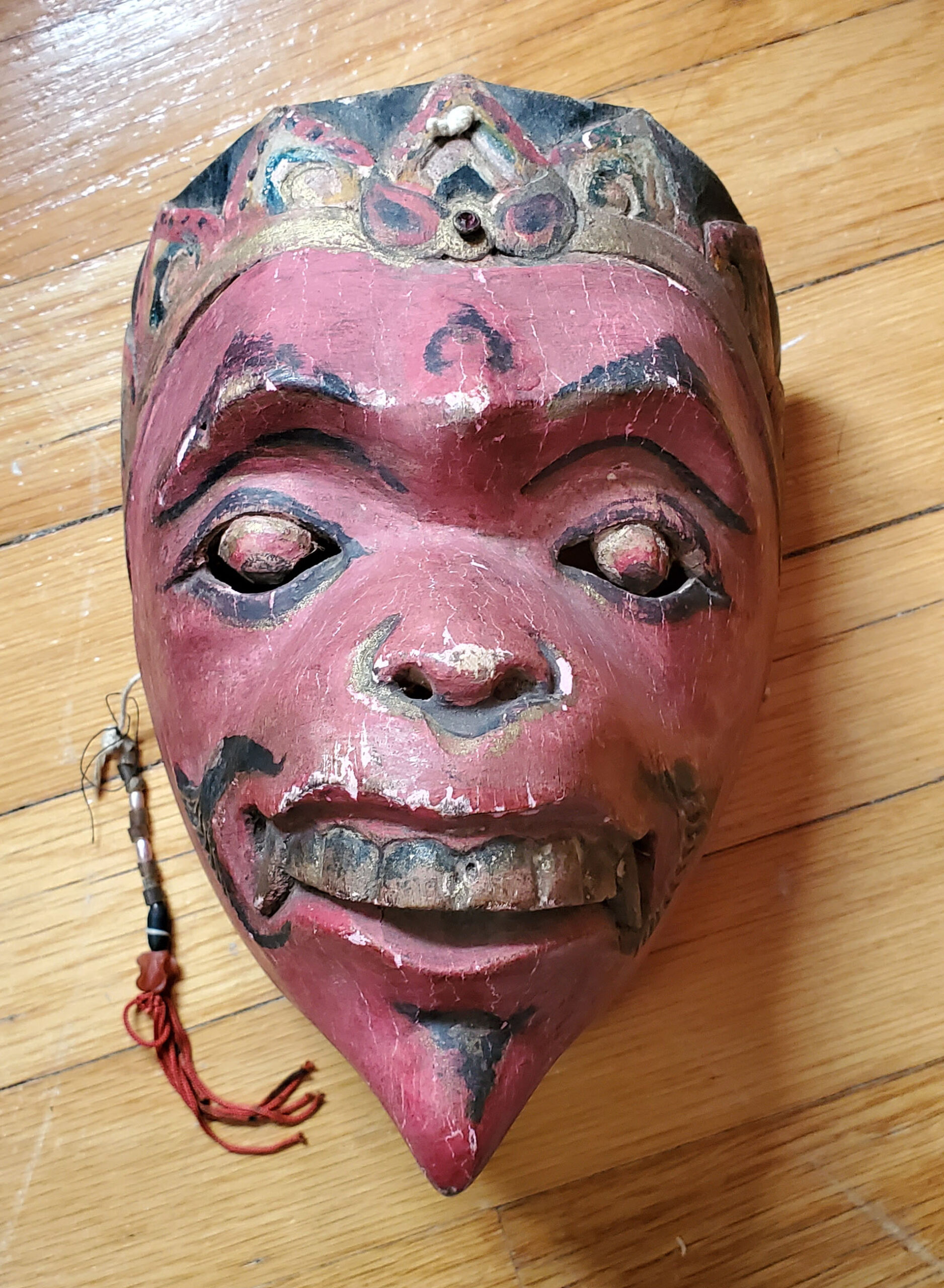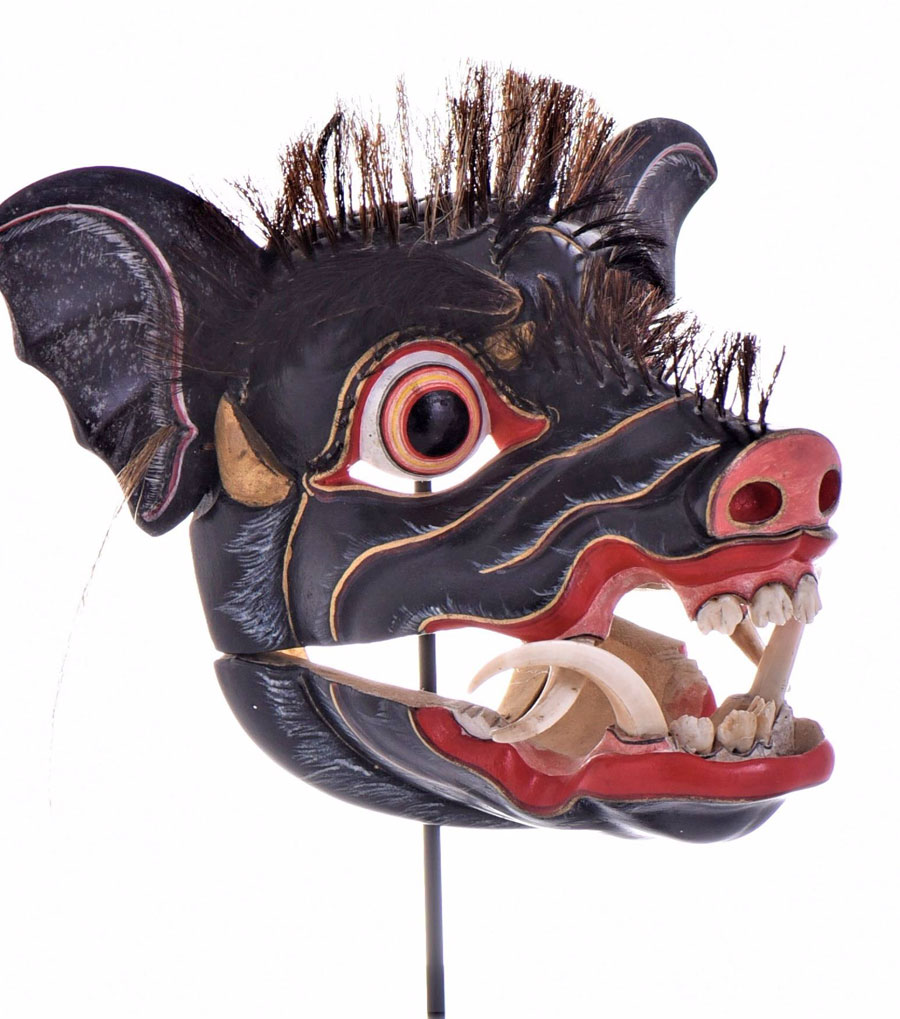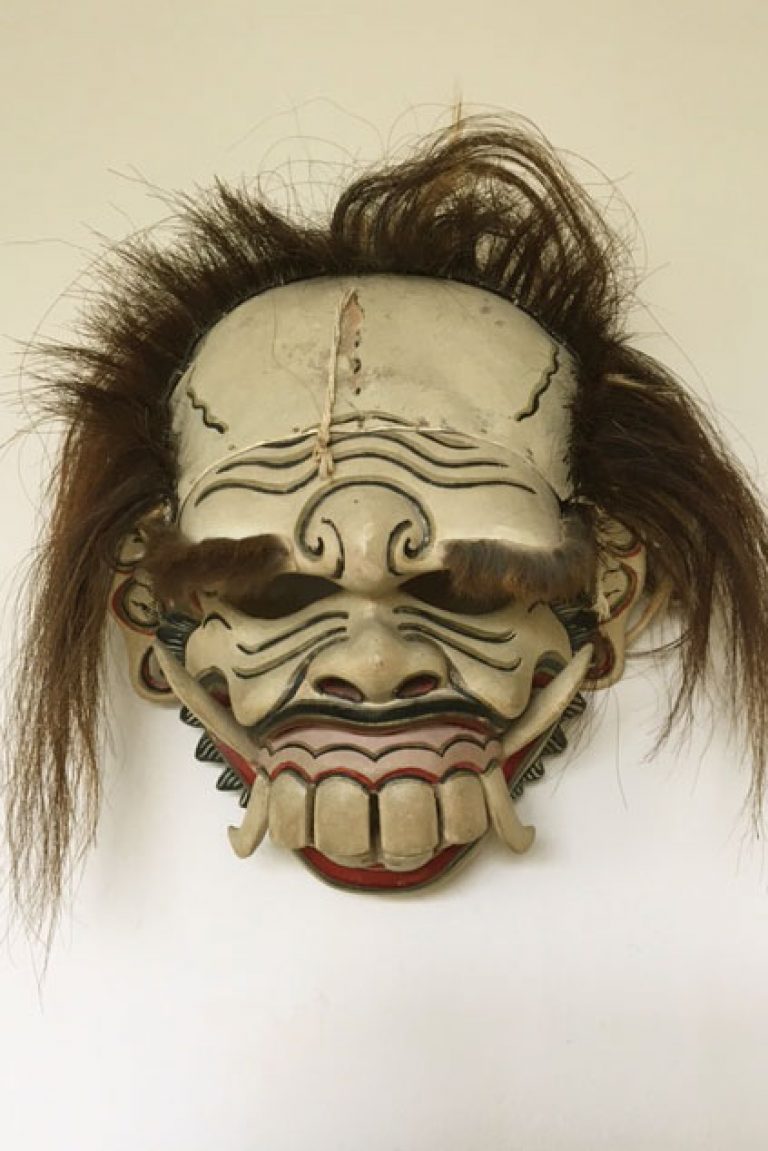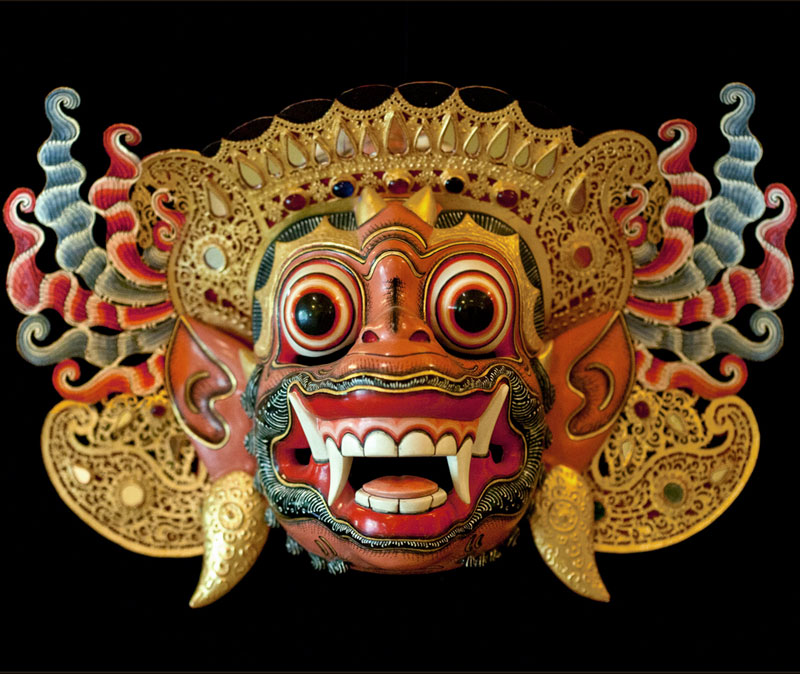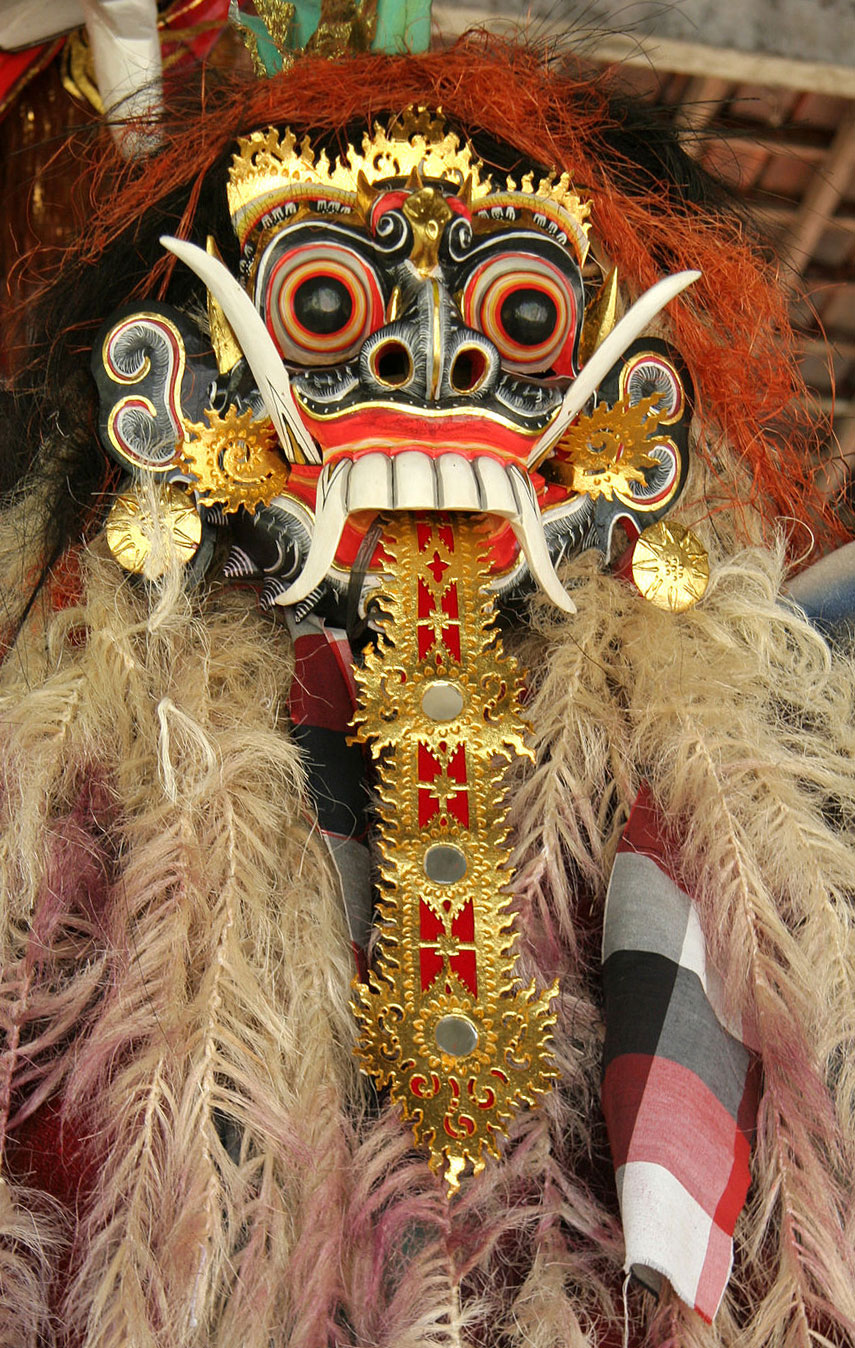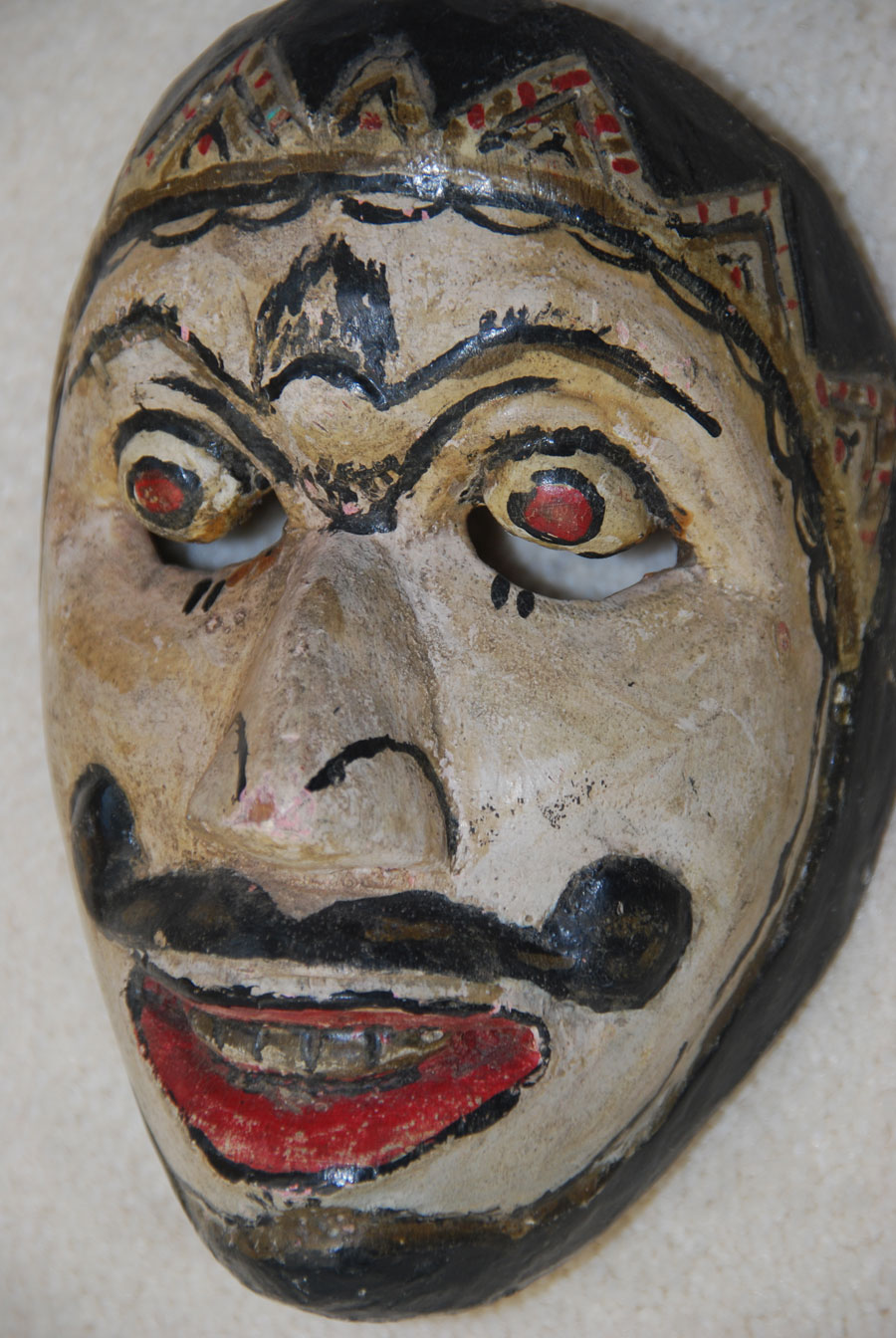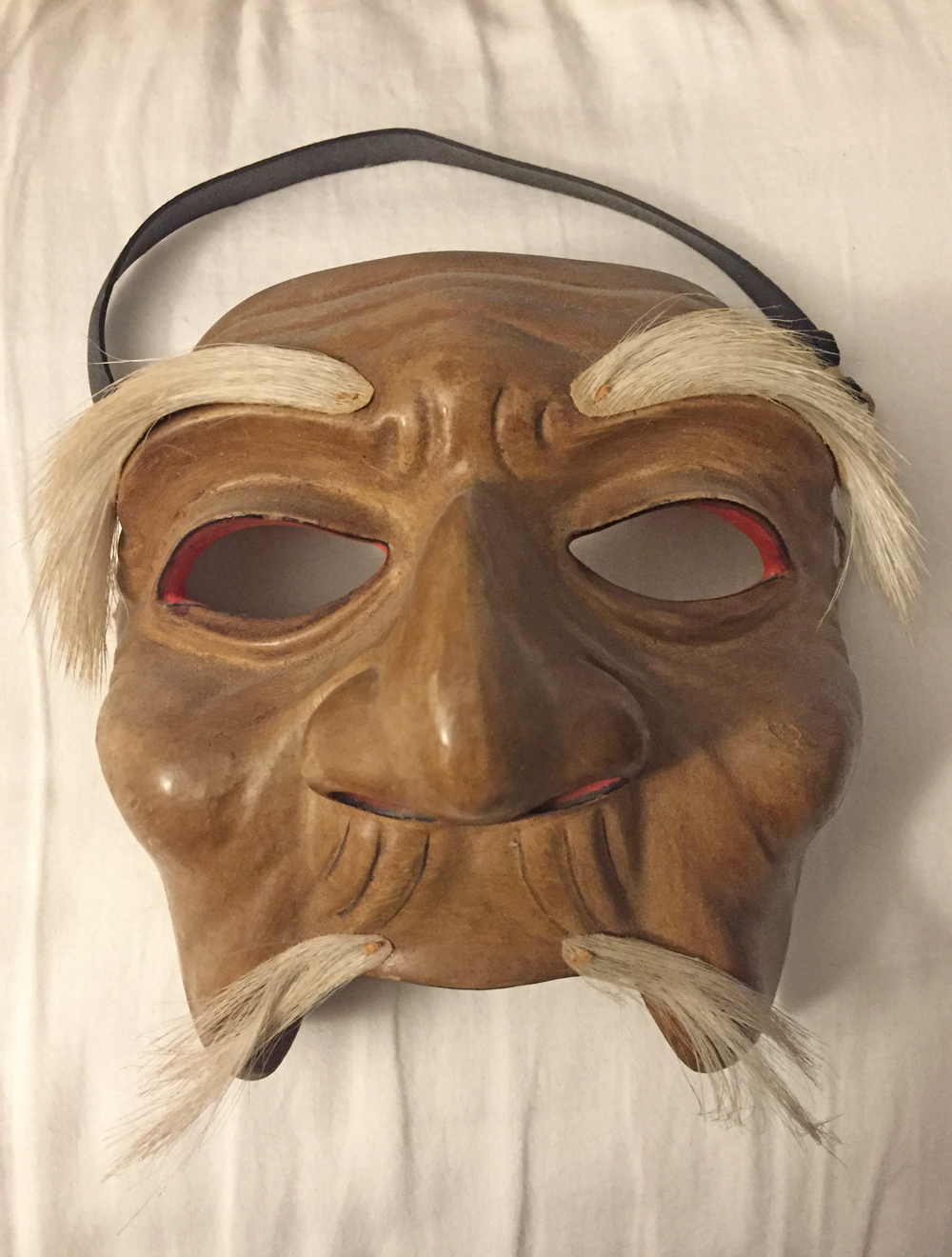Indonesian Masks
The Alluring Art of Indonesian Masks: A Deep Dive into Culture, Craftsmanship, and Religion
Indonesia, an enchanting archipelago in Southeast Asia, is
known for its rich cultural heritage and diversity. One of the most captivating
expressions of this cultural wealth is the tradition of mask-making, a
centuries-old art form that has been passed down through generations.
Indonesian masks hold a special place in the hearts of collectors and
enthusiasts worldwide, thanks to their intricate craftsmanship, deep cultural
symbolism, and spiritual significance.
Cultural Significance
Indonesia is home to more than 300 ethnic groups, each with
its own unique set of customs and traditions. Masks play an important role in
these cultures, often used in performances, rituals, and ceremonies. From the
iconic Topeng dance of Java to the Barong and Rangda of Bali, masks help bring
to life the stories and legends that form the backbone of Indonesian folklore.
By donning these masks, performers embody the spirits and characters they
represent, creating a bridge between the human and the divine.
Craftsmanship
The art of mask-making in Indonesia is a highly revered
skill, passed down from master to apprentice through generations. Craftsmen use
various materials such as wood, leather, and even paper-mache to create these
stunning pieces. The process begins with the careful selection of raw
materials, followed by intricate carving, painting, and the addition of
ornamental details such as beads, gemstones, and gold leaf.
The attention to detail and the expertise required to create
these masks is truly astounding, with each piece taking weeks, if not months,
to complete. It is this level of dedication and skill that makes Indonesian
masks highly sought after by collectors and enthusiasts, as they represent a
tangible connection to the rich cultural history of the region.
Religious Influence
The spiritual aspect of Indonesian masks is deeply rooted in
the diverse religious landscape of the country, which includes Hinduism, Islam,
Buddhism, and indigenous animistic beliefs. Masks often represent deities,
mythological creatures, and ancestors, serving as a conduit between the
physical and spiritual worlds.
In Balinese Hinduism, for instance, masks such as the Barong and Rangda symbolize the eternal struggle between good and evil. The Barong, a benevolent lion-like creature, represents goodness and is believed to protect villages from dark forces. On the other hand, Rangda, a demonic witch, signifies malevolence and chaos. Through the use of these masks in ritual dances and ceremonies, the people of Bali reaffirm the balance between these opposing forces, maintaining harmony in their communities.
Indonesian masks are not just beautiful works of art; they are an embodiment of the rich cultural tapestry that makes Indonesia such a fascinating country. The craftsmanship and skill involved in their creation are testaments to the dedication and passion of the artisans who have preserved this art form for generations. Their spiritual significance and deep-rooted connections to Indonesian culture, religion, and folklore make these masks truly desirable to collectors and enthusiasts alike. As we continue to appreciate and celebrate the art of Indonesian masks, we not only preserve a vital aspect of Indonesia's cultural heritage but also deepen our understanding of the complex tapestry of human expression.
